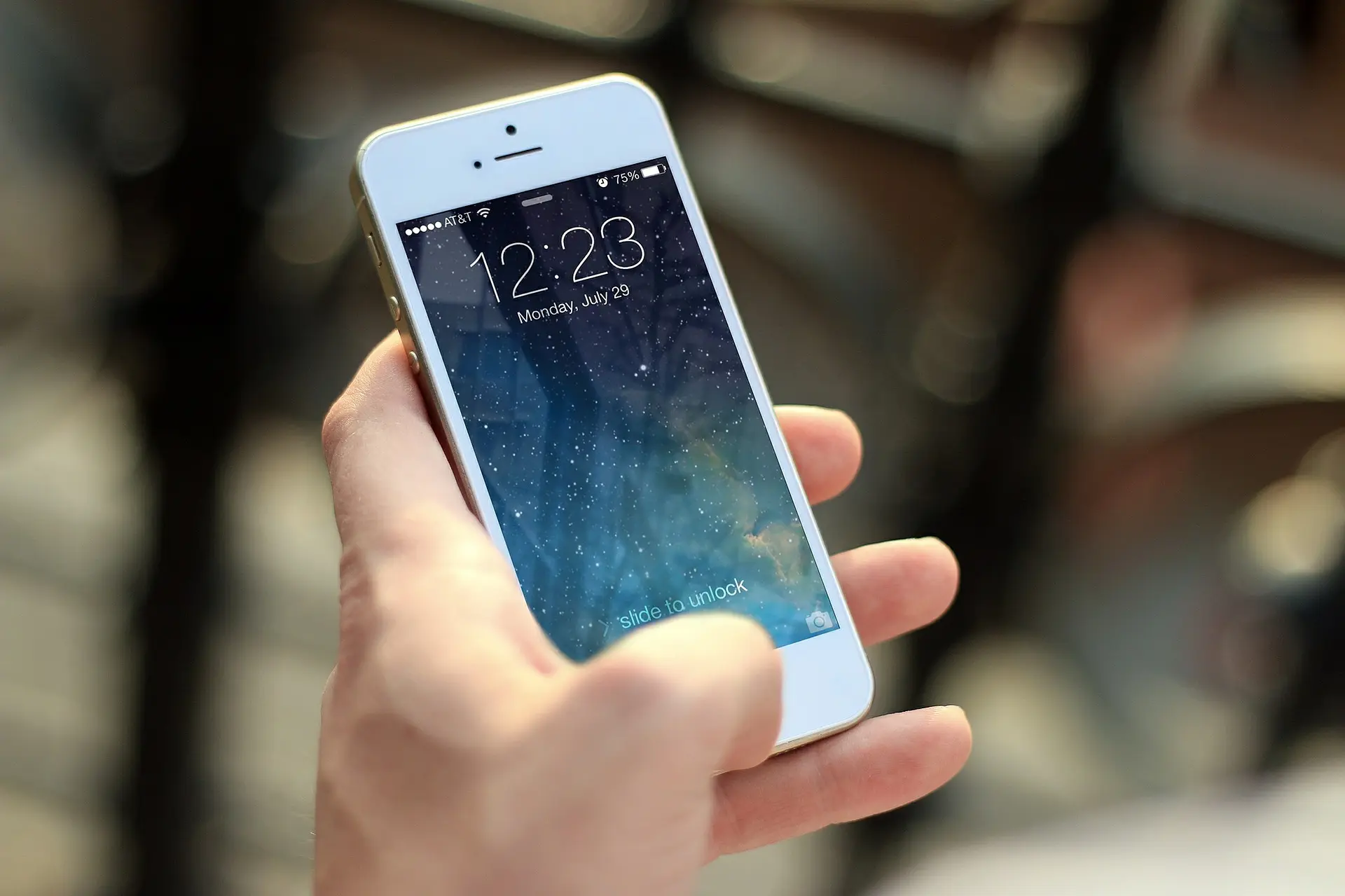Youth’s purchases of mobile phones worse for the environment than their use
If young people in Switzerland were to use their phones one year longer, this would reduce the impact on the environment by 25 per cent. ZHAW researchers have calculated that the production of a mobile phone accounts for 77 per cent of the environmental impact over its entire lifecycle.

You don’t have to feel bad about sending text messages and emojis. But if you frequently purchase new digital devices, then you are damaging the environment. For example, production accounts for three-quarters of the total environmental impact of mobile phones used by Swiss youth. If they were to use their digital devices for three years instead of two, which is the average in their age group, then the environmental impact of overall mobile phone use would be reduced by a quarter. These are the findings of ZHAW researchers from the fields of life cycle assessment, psychology and sustainability communication in the Digital Sufficiency project sponsored by the Mercator foundation (Switzerland). More than 800 young Swiss people aged between 12 and 25 were interviewed about their use of smartphones, tablets, etc. and from this information the life cycle assessment was calculated. On this basis, a pilot campaign was launched together with the climate protection organisation myblueplanet and the Spinas Civil Voices agency to motivate young people to consider the environment more before replacing their mobile phones.
Device ownership impacts the environment
In their daily use of smartphones, tablets and the like, the typical young person in Switzerland pollutes the environment with around 1100 environmental impact points. This is roughly equivalent to the environmental impact of travelling 3.2 kilometres by car, eating a hamburger or buying two paperback books. The method used to calculate environmental impact considers a broad spectrum of aspects such as resource scarcity and emissions, and includes the manufacture, use and disposal of the device. «Producing and disposing of electronic devices consumes a large amount of resources and energy,» says ZHAW researcher Regula Keller from the Institute of Natural Resource Sciences. Device ownership therefore has a much greater impact on the environment than chatting or surfing the internet on a daily basis. Device ownership accounts for more than three quarters (77 per cent) of the total environmental impact, while data transfer and power consumption account for only 24 per cent. This includes both the devices owned by the young people themselves and their share of devices owned by their families. Half of the environmental impact can be attributed to televisions, since almost all families (96 per cent) and almost one in three young people own one, and they consume more resources than smaller devices. Moreover, high image resolution involves huge data transfer in data centres and consumes a corresponding amount of power. Regardless of which device is used, watching videos is the most energy-intensive use because of the large amount of data involved.
Raising awareness with fictitious crowdfunding
The more frequently new devices are purchased, the greater the negative impact on the environment. Based on their findings, the ZHAW researchers, the climate protection organisation myblueplanet and the Spinas Civil Voices agency tested new ways of encouraging young people to treat their smartphones in a more environmentally conscious way. An awareness campaign encouraged them to make a public commitment to using their mobile phones for at least three years. To attract their attention, a fictional crowdfunding campaign was launched for the most durable mobile phone ever: the ugPhone. Although this is absolutely resistant and therefore environmentally friendly, it is also so impractical that using it would be a punishment for young people. «With this humorous approach we want to encourage young people to use their own mobile phones for as long as possible so that the totally impractical ugPhone never becomes reality,» explains ZHAW researcher Urs Müller. The campaign has been spread primarily via social media with the support of Swiss influencers.
Kontakt
- Dr. Urs Müller, Institute of Natural Resource Sciences, Life Sciences and Facility Management, +41 (0) 58 934 58 34, urs.mueller@zhaw.ch
- Regula Keller, Institute of Natural Resource Sciences, Life Sciences and Facility Management, +41 (0) 58 934 50 15, regula.keller@zhaw.ch
- Manuel Martin, ZHAW Corporate Communications, +41 (0) 58 934 75 75, medien@zhaw.ch
